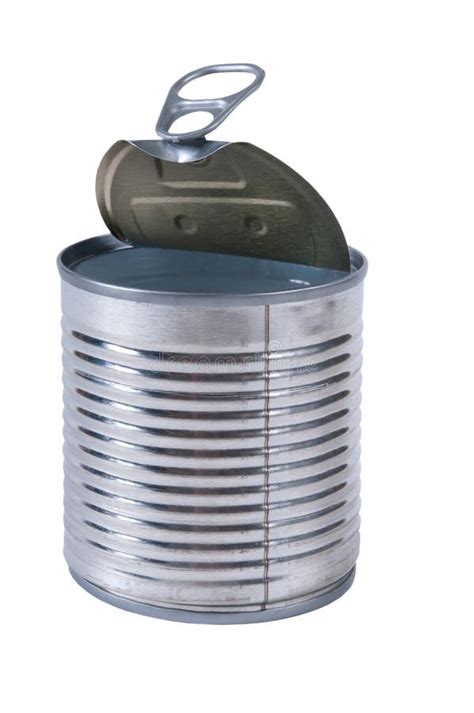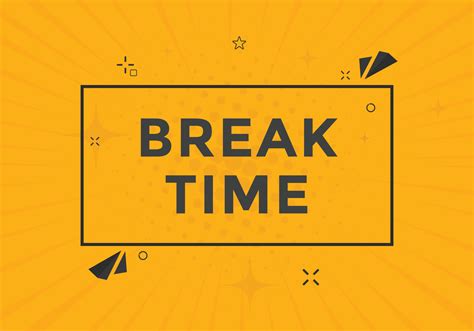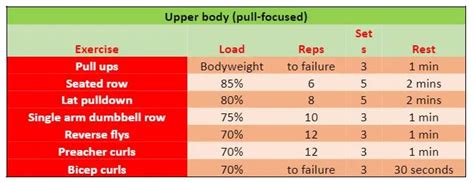Maximize strength gains: best progressive overload strategy for peak performance?
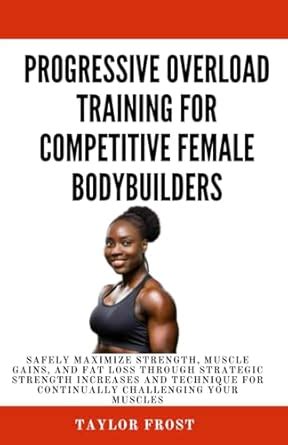
For anyone serious about building muscle and getting stronger, progressive overload isn’t just a suggestion—it’s the fundamental principle. Without it, your body quickly adapts, and your gains plateau. But what’s the best progressive overload strategy to ensure continuous improvement and reach peak performance?
Understanding Progressive Overload
At its core, progressive overload means continually increasing the demands placed on your muscles over time. Your body is incredibly adaptive; once it can handle a certain stimulus, it has no reason to get stronger or bigger. To force further adaptation, you must present a new, greater challenge. This constant cycle of challenge and adaptation is what drives strength gains and muscle hypertrophy.

Key Progressive Overload Strategies
There isn’t one single “best” method, but rather a toolbox of strategies you can employ. The most effective approach often involves strategically rotating and combining these:
1. Increase the Load (Weight)
This is perhaps the most obvious and commonly used method. If you lifted 100 lbs for 5 reps last week, aim for 105 lbs for 5 reps this week. Gradually adding weight forces your muscles to recruit more motor units and become stronger to handle the increased resistance.
2. Increase Repetitions (Reps)
When increasing weight isn’t feasible, adding more reps to your sets is an excellent alternative. For example, if you performed 3 sets of 8 reps with a certain weight, try for 3 sets of 9 or 10 reps next time. This increases the total work volume and time under tension.
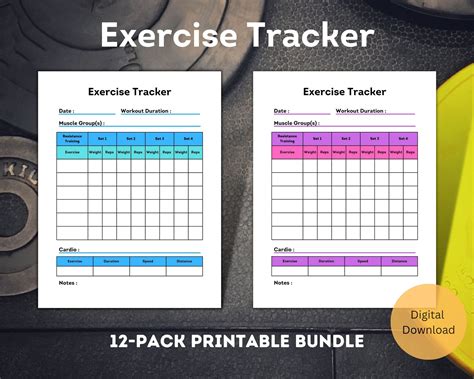
3. Increase Sets (Volume)
Adding an extra set to an exercise can significantly increase the total volume of work, leading to greater muscular stimulus. If you’re doing 3 sets of squats, consider adding a fourth set, especially if you’re feeling strong and recovering well.
4. Decrease Rest Time
Reducing the rest time between sets or exercises makes your workout more metabolically demanding. This can be particularly effective for increasing muscular endurance and pushing your cardiovascular limits, though it might impact the amount of weight you can lift for maximum strength.

5. Improve Form and Technique
Often overlooked, perfecting your exercise form can significantly increase the effective load on the target muscle. A perfectly executed rep with a slightly lighter weight can be more challenging and productive than a sloppy rep with heavier weight. As your technique improves, you can then safely lift heavier.
6. Increase Frequency
Training a muscle group more often throughout the week, assuming adequate recovery, can lead to faster adaptations. Instead of hitting legs once a week, training them twice (with lower individual session volume) can provide more frequent stimulus.
7. Increase Time Under Tension (TUT)
This involves slowing down the eccentric (lowering) or concentric (lifting) phase of an exercise. By extending the time your muscles are under load during each rep, you create more micro-trauma and stimulate further growth and strength gains.

Crafting Your Optimal Strategy
The “best” strategy isn’t static; it evolves with your training level and goals. For beginners, simply focusing on increasing weight or reps is often sufficient. As you become more advanced, you’ll need to employ more sophisticated methods like periodization, which involves cycling through different training phases (e.g., strength, hypertrophy, endurance) to prevent plateaus and optimize performance.
- Linear Periodization: Gradually increasing intensity (weight) while decreasing volume (reps/sets) over a training block.
- Undulating Periodization: Varying intensity and volume on a daily or weekly basis.
Crucially, track your workouts. A training log allows you to see your progress, identify plateaus, and make informed decisions about which overload strategy to apply next. Don’t be afraid to deload occasionally—taking a week with reduced volume and intensity can help your body recover, prevent overtraining, and come back stronger.
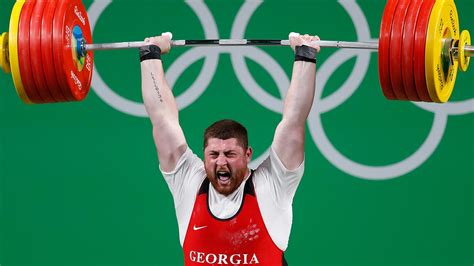
Conclusion: The Art of Continuous Challenge
Maximizing strength gains and achieving peak performance isn’t about finding a single magic bullet; it’s about consistently applying the principle of progressive overload through a variety of intelligent strategies. By continually increasing the demands on your muscles—whether through heavier weights, more reps, improved technique, or smarter programming—you ensure your body is always adapting, growing, and getting stronger. Listen to your body, track your progress, and embrace the ongoing challenge.
